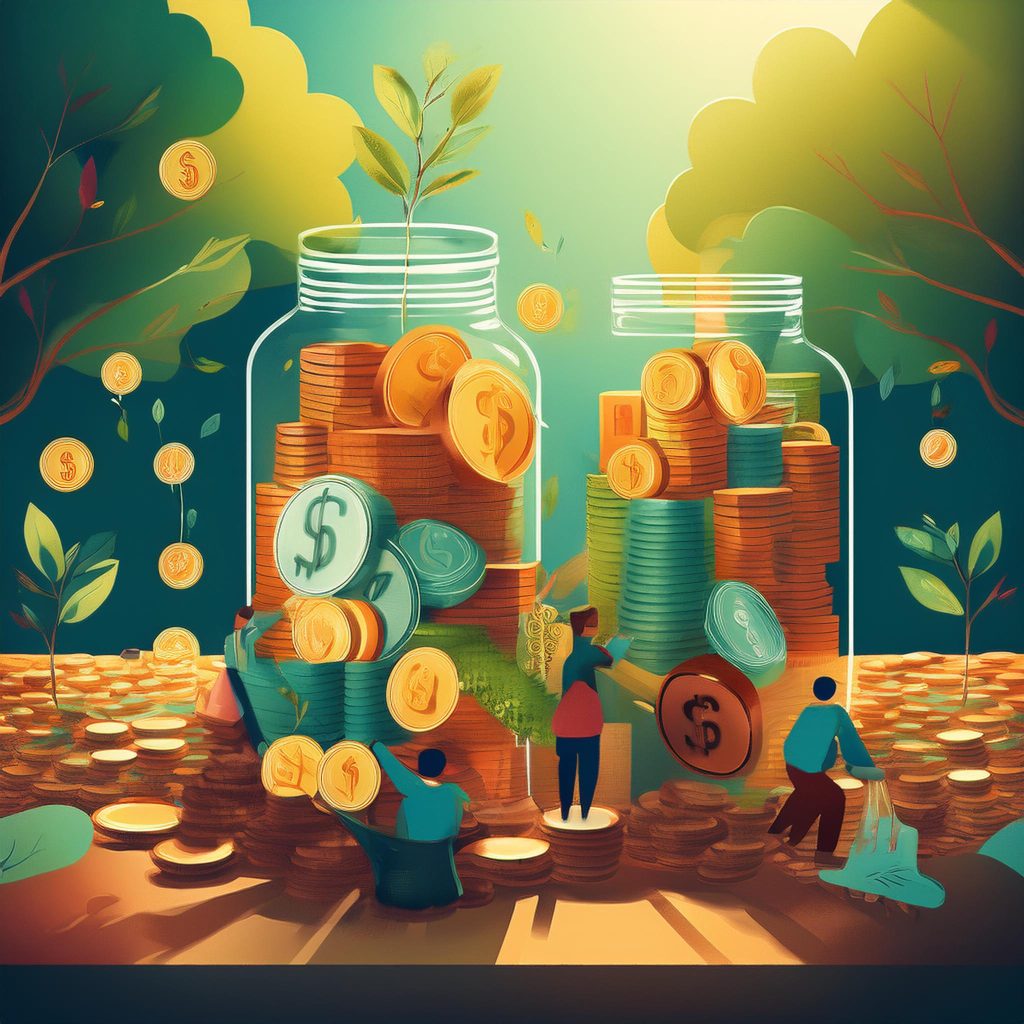
An emergency fund is a core financial strategy that can provide a safety net when something unforeseen happens. Here’s a step-by-step method for creating an emergency fund and doing it right:
1. Understanding the Importance of an Emergency Fund
You might not be able to manage your money well in a crisis if you haven’t laid the necessary groundwork. Yet, when the unimaginable happens—say, your car breaks down and you can’t repair it without a huge, immediate sum—having an emergency fund means you might not have to slide by using a credit card until payday. You could pay for the repairs straight away, leaving your future self with more financial breathing room than if you’d low-key borrowed from your past self.
2. Setting a Savings Goal
First, find out how much you need in your emergency fund. For example, if the target is $2,000, evaluate the monthly budget to uncover how much can be siphoned off. The aim should be to contribute a certain amount each month, at the very least, so that the fund is steadily on its way to being built.
3. Treating Your Emergency Fund Like a Bill
Your emergency fund contributions should be treated like a recurring bill, suggests financial planners. This means you prioritize saving each month, making sure the funds are only used for the genuine emergencies that “crop up” in life.
4. Establishing a Savings Routine
Begin with a Modest Amount: If your budget is pinched, start with small sums, perhaps $10 or $20 a month. As your financial picture brightens, increase the amounts.
Automate Savings: Consider establishing an automatic transfer system to a dedicated savings account, making it easier to save consistently.
5. Using a Money Market Account
A money market account can work well for your emergency fund because it usually earns higher interest than a regular savings account and still offers easy access to your cash in a pinch. Yet, this account is better if you can limit access to it so that you use it only for “emergencies.”
6. Investing Wisely
After you have a few months’ worth of expenses set aside, think about putting your money into a Certificate of Deposit (CD) instead. CDs offer better interest rates than traditional savings accounts, and they still allow for some flexibility with regard to emergency access to your funds. You can invest in a series of shorter-term CDs if you want to keep that flexibility, but transitioning to longer-term CDs will almost certainly net you better returns.
7. Budgeting Effectively
Reassess your current expenditures so that you can carve out the funds needed for your emergency fund. Eliminate Extravagances: Find places where you can cut expenses, like eating out or paying for subscriptions you don’t use.
– Combine Credit Card Debt: If you have several credit cards, think about merging them into one loan with a lower interest rate to cut down on how much you pay each month.
Refinance Your Loans: That’s what I did: I refinanced my home and car loans at low mortgage rates, lowering my interest costs and freeing up cash.
8. Involving the Family
Motivate your kin to save cash for emergencies. Involve your children in budgeting talks, and make sure they realize that saving money is a basic value we adhere to. They can save part of their allowance for our emergency fund that’s currently empty.
9. The Psychological Benefits of Saving
An emergency fund can give you peace of mind when it comes to your finances. Having some sort of financial resource to tap into during a crisis can certainly relieve stress. But even more beneficial is that saving fosters a sense of security and prepares you for the unexpected.
Emergency saving is a step-by-step process that takes perseverance and determination. These are the steps—as I perceive them—that will lead to an outcome I call the “Cushion Fund.” The Cushion Fund gives you a financial soft place to land when an emergency occurs. You do not have to be a high earner to build this fund; you just have to pay attention and plan ahead.





